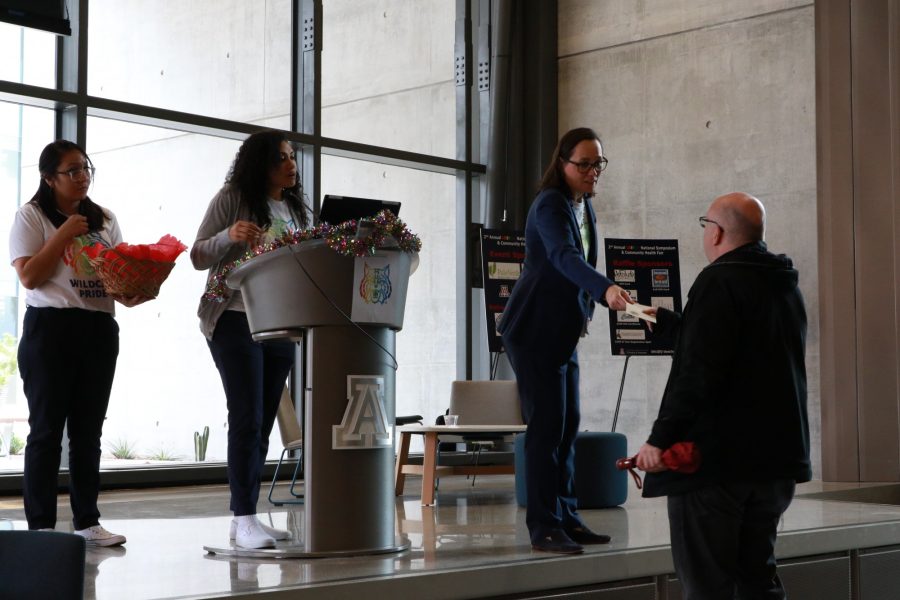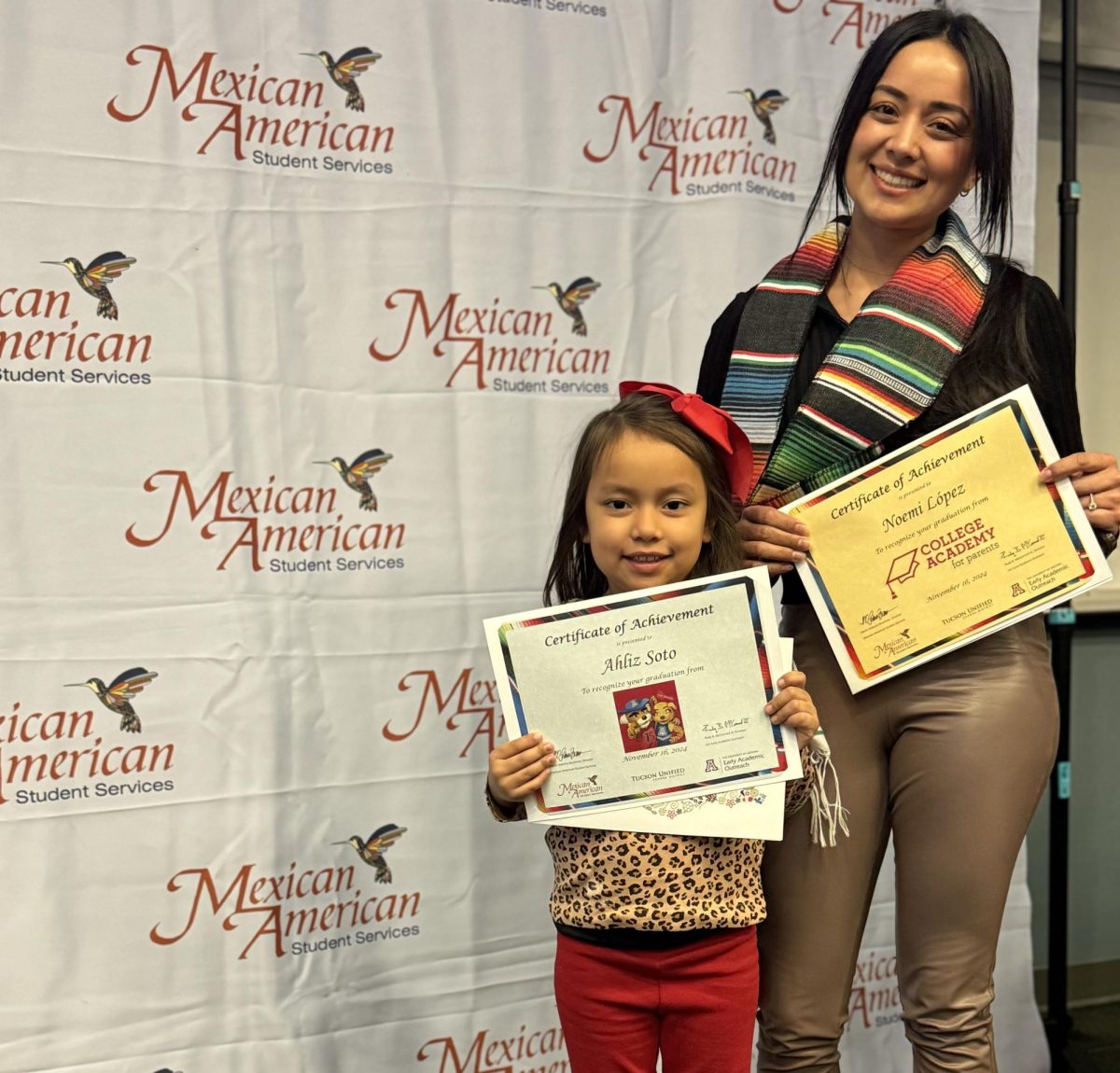Students and staff at the University of Arizona have been calling for action against on-campus discrimination for years, and in the fall of 2020, the expanding diversity and inclusion systems on campus might be poised to give it to them.
“There’s some great things happening at the University of Arizona, but they’re happening in silos,” said Ivy Banks, the new associate vice provost of Diversity and Inclusion.
With that sentence, Banks highlighted the hope and main critique of students and staff alike.
In the past, Banks said that diversity, inclusion, equity and Title IX were all one administrative office, but they have recently been split to allow each to have more of a specific focus. Her division, Diversity and Inclusion, “serves as a campus-wide leader for initiatives in support of equity, diversity and inclusion objectives,” Banks said.
Currently, Banks and her team are compiling a large report that she called “the 2020 vision.” They seek to find out what and who diversity efforts need to focus on and how to measure their effects.
The report will draw on past data from campus climate surveys and campus conversation data, among other sources, as well as widespread surveying, according to Banks.
Next spring, Banks said she hopes to be finished with the report and use it to make “actionable and measurable” institutional and committee goals for years to come.
Some of the main sources of Banks’s report are the Diversity, Equity and Inclusion committees within each college.
“The committees at the college level are a leftover from an old directive,” said Farid Matuk, a faculty chair for the DEI committee in the College of Social and Behavioral Sciences.
The directive was “inclusive excellence,” a phrase that drifts around administrative diversity websites. According to Matuk, the idea was to take an “inclusive excellence inventory” of each college to figure out what next steps should be taken towards inclusion.
The directive was originally implemented in 2016 by Jesús Treviño, the former vice provost for inclusive excellence.
“If we were to take a sample right now of what’s actually happened, it’s the same or less than what’s happened in the last few years because we already had a different Vice Provost with their own vision,” Matuk said of the changes in 2020.
Action on a university-wide scale takes time, something that can make it difficult to track improvement.
Lela Garcia, an undergraduate student on Matuk’s committee, spoke to the disconnect between administration and students that can separate institutional activity from the impact on students’ everyday experiences.
“You can say as much as you want about what you’re gonna do, what the university is gonna do, but if you’re not actually doing something, you don’t have those actions in place, then students are gonna lose trust in you,” Garcia said.
For Garcia, one of the things that perpetuates that lack of trust is a lack of student involvement.
“A lot of these committees and organizations at the [University of Arizona] — I feel like they’re kind of siloed and isolated from the students,” Garcia said.
Garcia said that SBS’ DEI committee has addressed that problem this fall by creating a student subgroup that she is a part of. According to Garcia and Matuk, the subgroup is currently working on revising the student code of conduct for all public universities in Arizona.
Garcia estimates that the revisions will take at least a year and a half but will be well worth it, as having official legislation in place denouncing harmful speech will give faculty a clear way to respond to incidents of discrimination and hate on campus.
The subgroup is also working on creating diversity and bias training to implement in SBS orientation courses, according to Garcia. In the future, she said she hopes training like this can be implemented for first-year orientations across the university.
The Coalition of Black Students and Allies has demanded Cultural Competency training for university-wide freshman orientation. A similar but larger-scale project to Garcia’s that Banks and Senior Vice President for Academic Affairs and Provost Liesl Folks are responsible for.
This is part of the list of demands they gave the university over the summer following police presence at a Celebration of Black Lives event, as well as ongoing campus racism.
Students can monitor the administration’s progress on COBA’s demands on this website, and read a November update here.
Banks said that she feels the need to connect committees because many members may have similar ideas but are unable to execute them alone. Orientation trainings are a good example.
Part of facilitating that connection begins with the office of Initiatives for Organizational Inclusion, which Banks said works to support each college’s DEI committees and to assure each one is represented in administrative decisions regarding diversity and inclusion.
A fellow administrative entity, the Office for Multicultural Advancement, supports the campus community and connects it with the Tucson, U.S. and international communities to provide students with resources and support.
According to the OMA’s director, Karla Morales, the office also works with seven diversity community councils that advise university leaders about the needs of different cultural communities in Tucson.
Morales noted how much action and growth she has seen in administrative efforts for inclusion, especially since the OMA was formed in April of 2019. However, she acknowledged that this work is never-ending.
Another new addition is the Bias Education and Support Team, which seeks to support people impacted by incidents of hate and bias through a range of optional activities focused on education and understanding.
RELATED: Dean of Students announces “Bias & Education Support Team”
BEST began work in Fall 2020 under the Dean of Students office.
Finally, it is important to note the tremendous presence of cultural centers on campus, such as the African American Student Association and LGBTQ Affairs. These centers provide safe spaces, resources and much more for students of underrepresented cultures. Many are run by staff with extensive student input.
All of these campus organizations provide the structure for change, but it is up to students, faculty, staff and administration to make it happen.
“I think there’s hope,” Matuk said of the process. “I think there’s always hope.”
Follow the Daily Wildcat on Twitter









